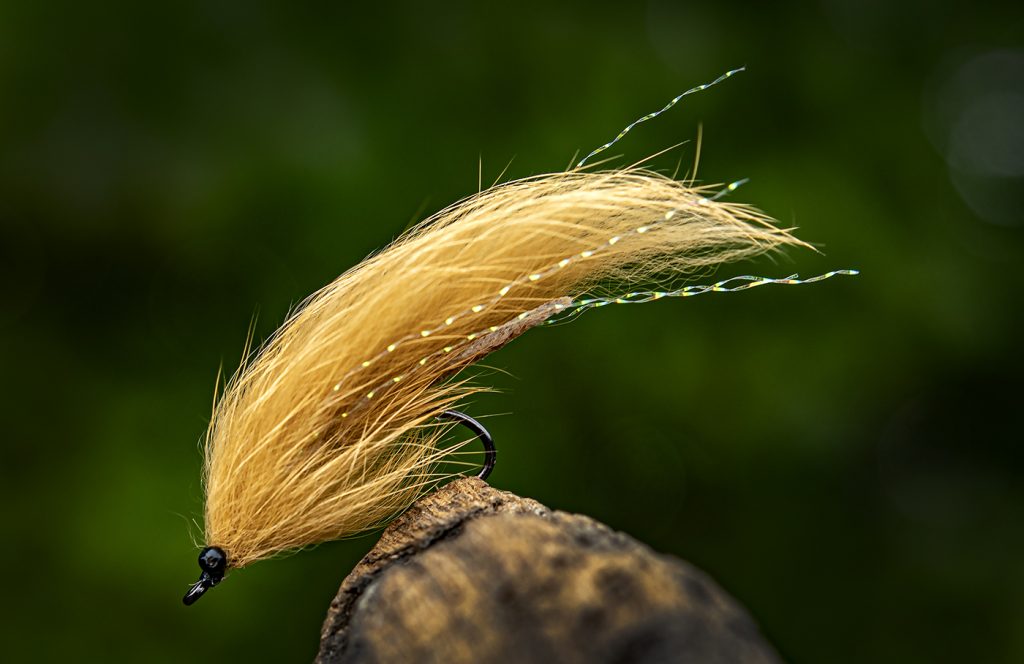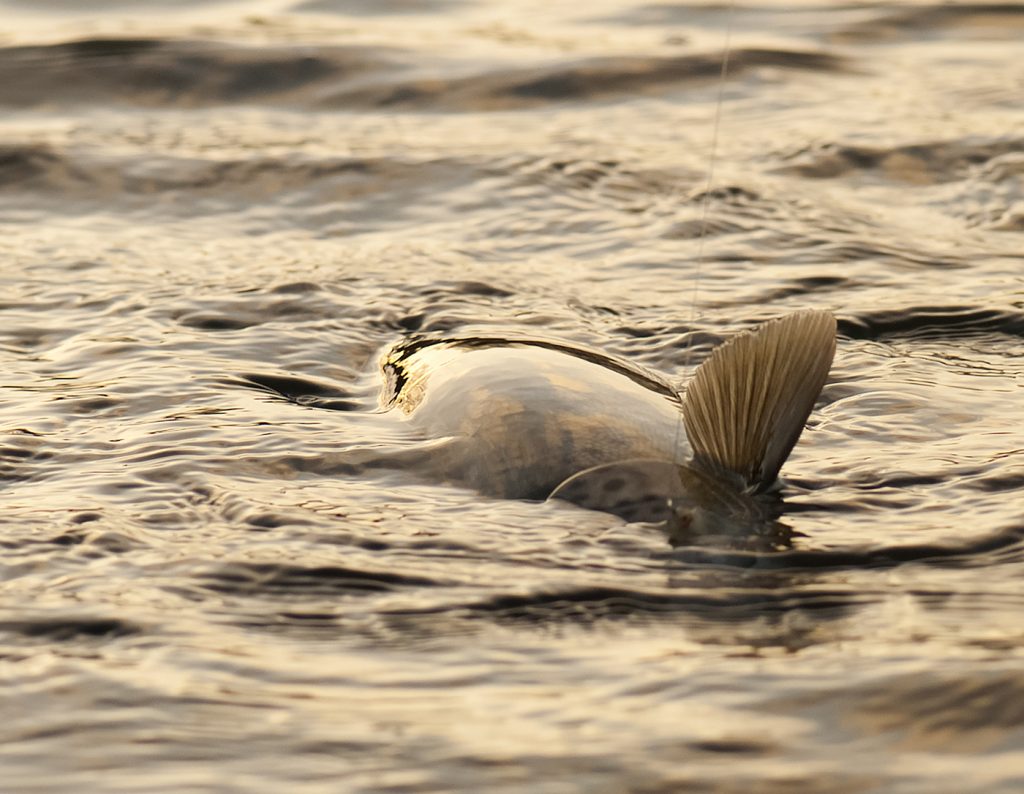
‘I have always enjoyed the fall season on the coast. I particularly like the fall season, because the fish are always in good condition after feasting their way through spring and summer.’
Andreas Larsson has written this week’s blog for us – a few tips for fall fishing along the coast and a beautiful zonker fly for the season.
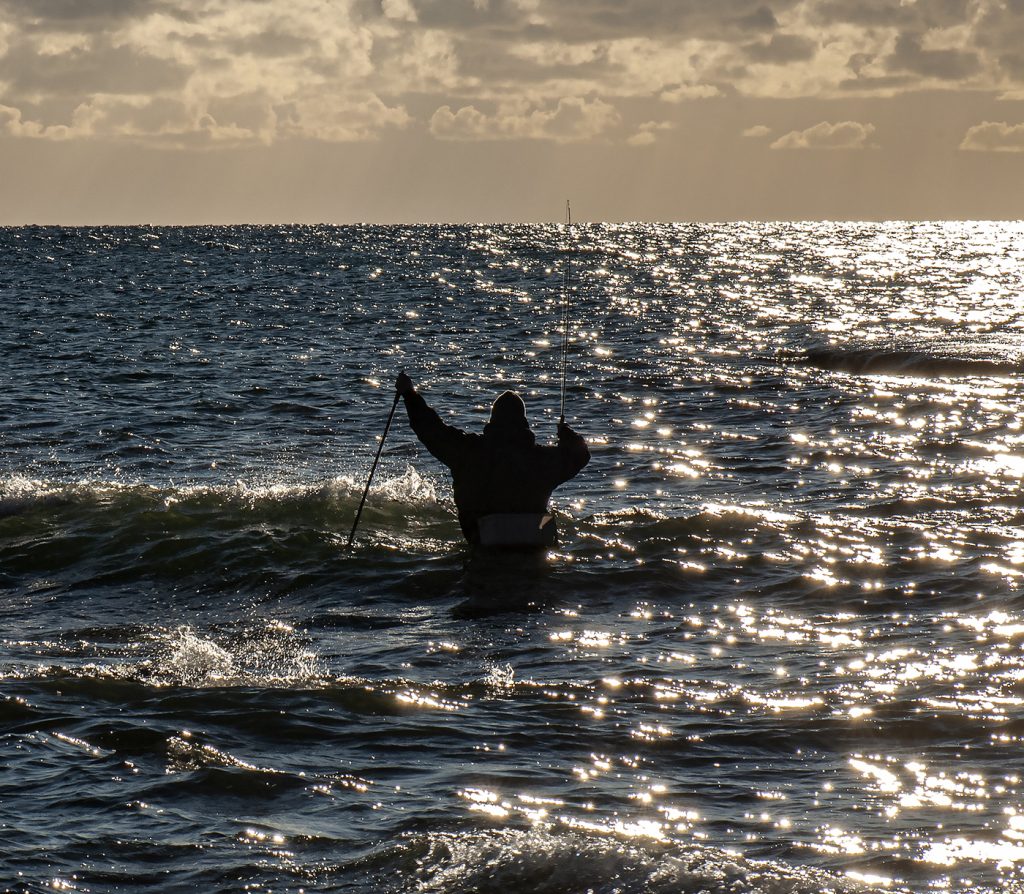
When, where and how? Common questions in any type of fly fishing, but somehow particularly relevant when it comes to fall fishing. Here is my best advice.
Once again sea trout become more active during the day and they are often found in shallow water, where they fourage. The days get shorter and they begin their journey towards the streams where they’ll spawn later in the fall.
It’s hard to read your way to local knowledge, but it can be extremely important together with knowing the ‘when’ and ‘where’. To enjoy success it’s important to become familiar with just a few spots and how they fish in different conditions.
Concentrating your fishing along weed beds and in small coves and fjords with plenty of vegetation often pays off. Even along stony shores you can find migrating sea trout.
Gammarus, shrimp, gobies, sticklebacks are all available to the sea trout in large numbers and where they gather looking for their own food, sea trout won’t be far behind.

But which fly to choose? So much prey is available that I really don’t think it matters much – the flies that were effective in the spring can be just as effective in the fall. Personally I like to adjust the colours of my flies to match the colours of the season. This means that I often fish flies with orange, claret, tan and different nuances of brown. I often use simple and easy-to-tie flies like the Wooly Bugger and zonkers. These flies have fantastic mobility, they are durable and easily adapted to different colour schemes.
These are a few basic tips to improve your fall fishing for sea trout. Keep the fly in the water and don’t be afraid to test new flies and new fishing spots. Trim the gear and get out – I hope to see you there!
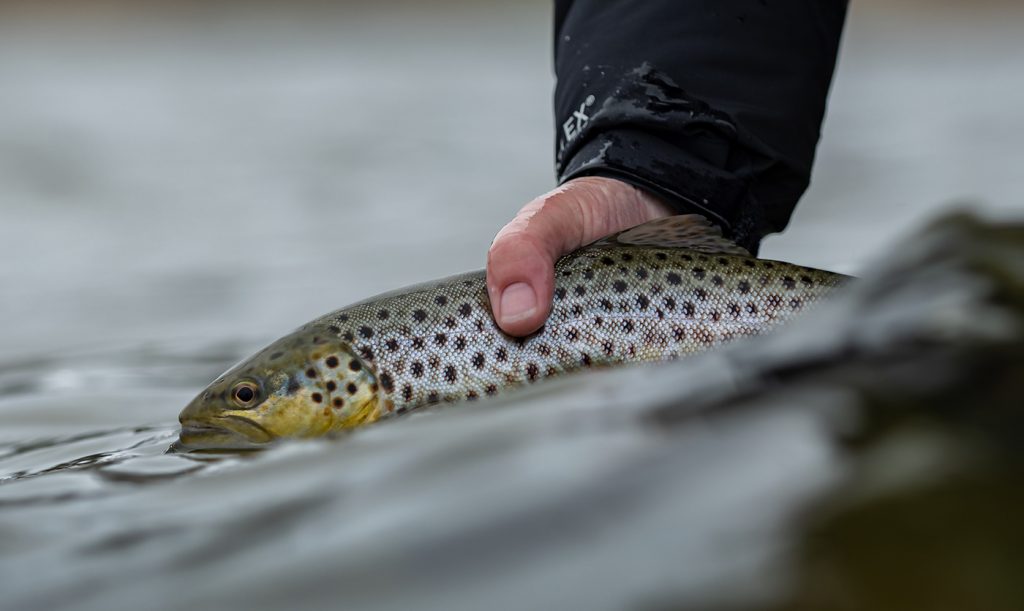
The quick guide:
• Look for on-shore wind and even strong winds are better than no wind.
• Rising water is better than falling water.
• Look for any kind of structure or vegetation that can hold trout.
• Sea trout are much less shy in slightly coloured water, which means they are more likely to fourage in low water.
• After rain they are attracted to where rivers and streams run into the sea (beware of preservation zones).
• Remember to dress for the season and don’t forget the polaroids.
• Work for it! Be smart, but work for it.
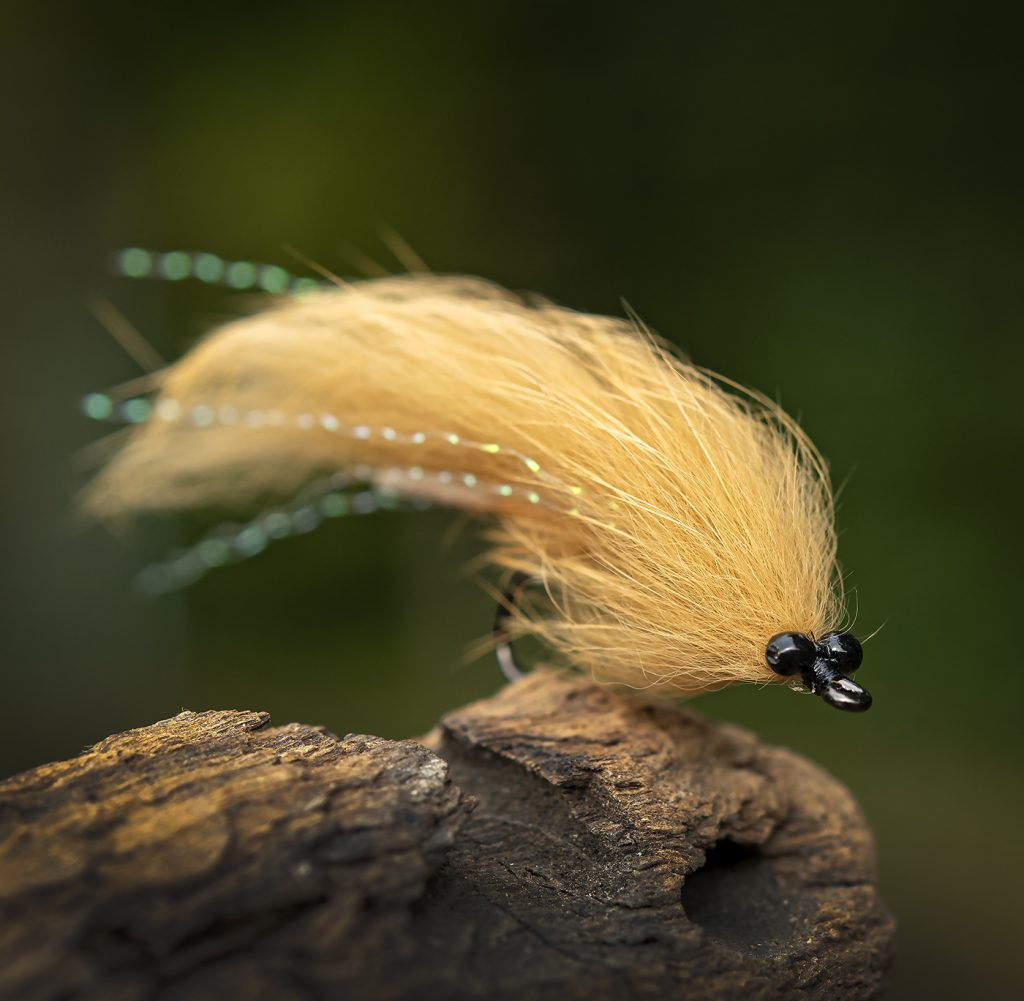
“Golden Brown Zonker”
Hook: Ahrex NS156 #8
Thread: Black
Head/Eyes: Black bead chain – small
Tail: Rabbit strip, Golden Brown and Crystal Flash – white pearl
Body: Ice Dub Olive Brown
Hackle: Golden Brown rabbit in dubbing loop
